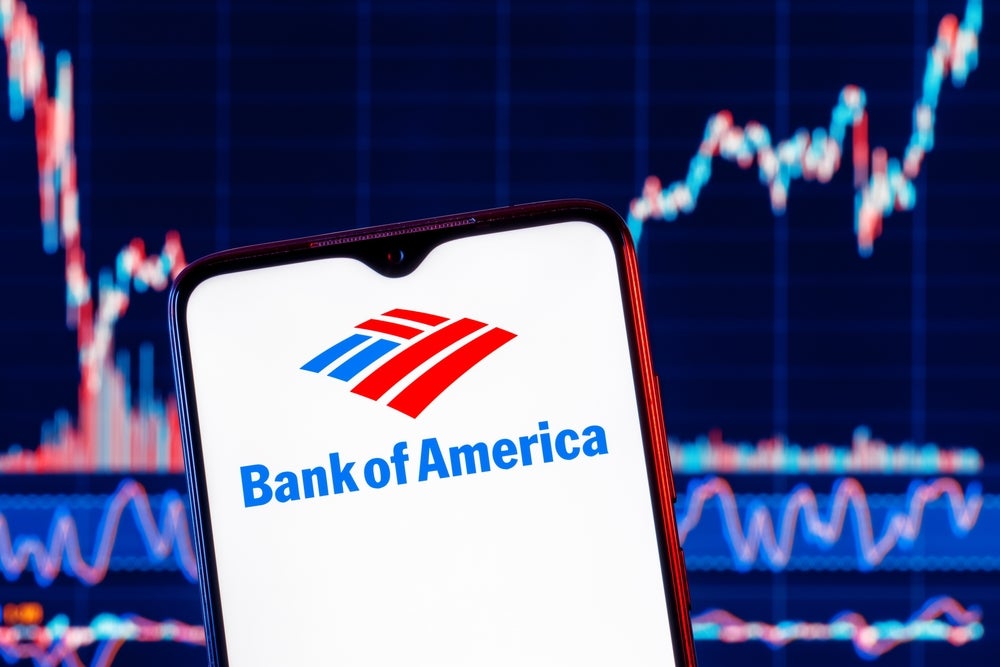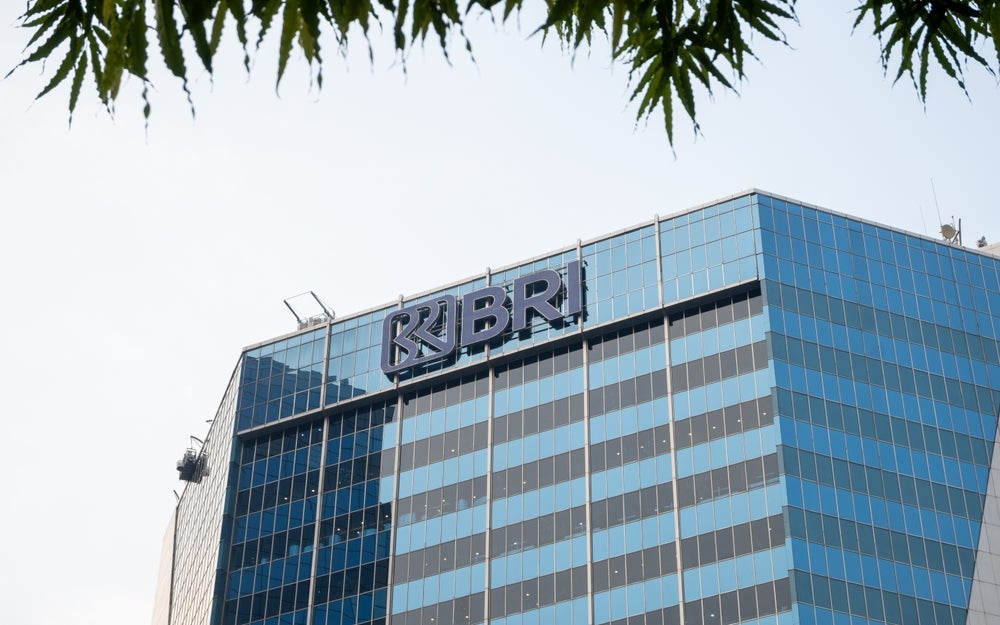Preparations for the upcoming PSD2 and GDPR legislation have been keeping senior bank management, compliance and IT teams busy in the year to date. As well as the compliance challenges, the most progressive banks are also readying themselves to capitalise on the potential of enabling technologies – such as artificial intelligence (AI) and cloud computing. In adapting to these changes, it’s essential banks never lose sight of the end goal: ensuring all efforts are focused on the customer and delivering the best possible service.
Let’s look at several areas that have been making the headlines in 2017 and review banks’ progress through a customer-centric lens.
PSD2 and open banking
Looking first at PSD2, it appears that banks are largely on track – at least from a technical perspective. Thankfully, senior bank executives have grasped the seriousness and implications of getting it right and the most progressive EU banks are positioning themselves to exploit a new app-driven era of openness in banking.
But beyond the technical requirements of open APIs, it’s critical that banks ensure they’re looking at the overall customer experience. The objective has to be for the bank to retain and build on its relationship with the customer by offering a much richer and more tailored experience.
While banks will have to respond to customer requests to share their data with third parties, they should also recognise the opportunity presented if customers grant them access to data held by other banks where they hold accounts.
How well do you really know your competitors?
Access the most comprehensive Company Profiles on the market, powered by GlobalData. Save hours of research. Gain competitive edge.

Thank you!
Your download email will arrive shortly
Not ready to buy yet? Download a free sample
We are confident about the unique quality of our Company Profiles. However, we want you to make the most beneficial decision for your business, so we offer a free sample that you can download by submitting the below form
By GlobalDataThis data can be used to build a fuller picture of each customer which, combined with powerful analytics, can help banks provide more tailored and alluring offers. In this context, it’s essential that CRM systems and marketing automation tools are tightly integrated with the banking platform, allowing the bank to be as proactive and responsive as possible to customer needs.
From the customer’s perspective, a whole new era of greater choice and convenience is on the horizon. Delivering the best possible service to customers will separate the winners from the losers over the longer term.
GDPR – protecting customer data
Hot on the heels of PSD2, the General Data Protection Regulation also comes into effect in 2018. Some banks argue that they are being pulled in different directions by each piece of legislation – opening up access to customer data on the one hand while needing to offering greater protection on the other.
Assessing the progress made in preparing to meet the requirements of GDPR is harder to quantify as banks aren’t giving much away about their activities in this area. I see the challenges of GDPR compliance becoming more prominent towards the end of this year as the true scale of the challenge emerges.
Data is undoubtedly the most valuable commodity banks possess, and every effort must be made to get the strategy right when it comes to extracting the maximum value from information while remaining within supranational and national rules, and ensuring the trust of the customer.
The data held by banks has the potential to give tremendous insight into individuals’ spending and saving patterns. While some customers will be open to sharing information with trusted third parties, others will be much more guarded in their approach. Either way, all customers deserve the full protection set out by GDPR.
The banking sector must get its house in order or face some severe consequences which are both financial and reputational in nature. Estimates predict EU banks could be fined €4.7bn in the three years post-implementation for data breaches – with the penalties being much stiffer than the ones baked into current legislation.
Arguably banks are in a good position, as they have been the trusted custodians of customer data for years – giving them an advantage over new players that customers are less familiar with. But for some banks the complexities associated with legacy IT systems may render achieving full compliance with GDPR by 25 May 2018 impossible. Some serious conversations need to be held – and decisions taken – about whether banks need to be given more time in order to successfully meet the exacting requirements of the legislation.
Preparing to harness AI
AI and machine learning offer huge scope in allowing banks, Fintechs and other players to deliver seriously useful insights to customers exactly when they need it – for example, in relation to how they can adjust their spending and saving habits to achieve the best outcome.
Using AI to bring together information across all areas of the bank for each customer can be incredibly powerful. For example, in helping to understand when customers may be receptive to new offers, and equally when they might not be happy or looking elsewhere (for example by flagging when access is granted to third party service providers).
It’s essential that banks start laying the foundations for cognitive technologies today, as part of the drive to provide operational and service excellence. AI will be a crucial enabler in helping them capitalise on the opportunity of open banking while delivering all services in full compliance with industry regulation.
Collaboration – facilitated by the cloud
Open banking and PSD2 are also encouraging banks to adopt a more open mindset – and to explore how they can come together with Fintechs and other service providers to offer a more joined up, complete experience to the end customer.
At Finastra, we’re backing the rise of a collaborative, open ecosystem, where banks, Fintechs, challengers and other industry players work together to further innovation, allowing third parties to develop, deploy and operate sophisticated financial services apps in the cloud on open architecture.
By taking a more collaborative approach, banks will be able to quickly offer customers access to new offerings and services. This buy versus build approach is important in reducing innovation cycles and delivering more innovative and varied offerings to customers. Banking is emerging from the era of having to do more with less. For the remainder of 2017, and the foreseeable future, it’s about doing more with more, with multiple parties aligning to deliver ever greater value to customers.
Martin Häring is CMO atFinastra







